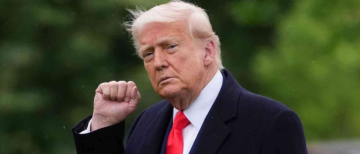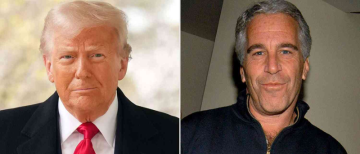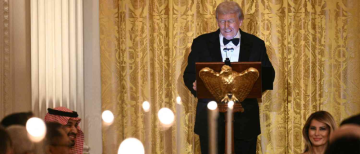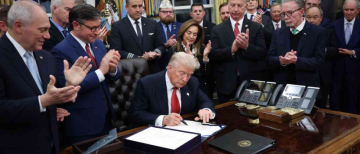In a dramatic escalation of trade tensions, the administration of US President Donald Trump has announced that starting August 27, 2025, a 50% tariff will be imposed on a wide range of Indian exports. The move—outlined in a draft notification released by the US Department of Homeland Security (DHS)—marks one of the most significant challenges India’s export sector has faced in recent years. With nearly two-thirds of India’s exports to the US caught in the crossfire, the impact is expected to ripple across industries, employment, and global supply chains.
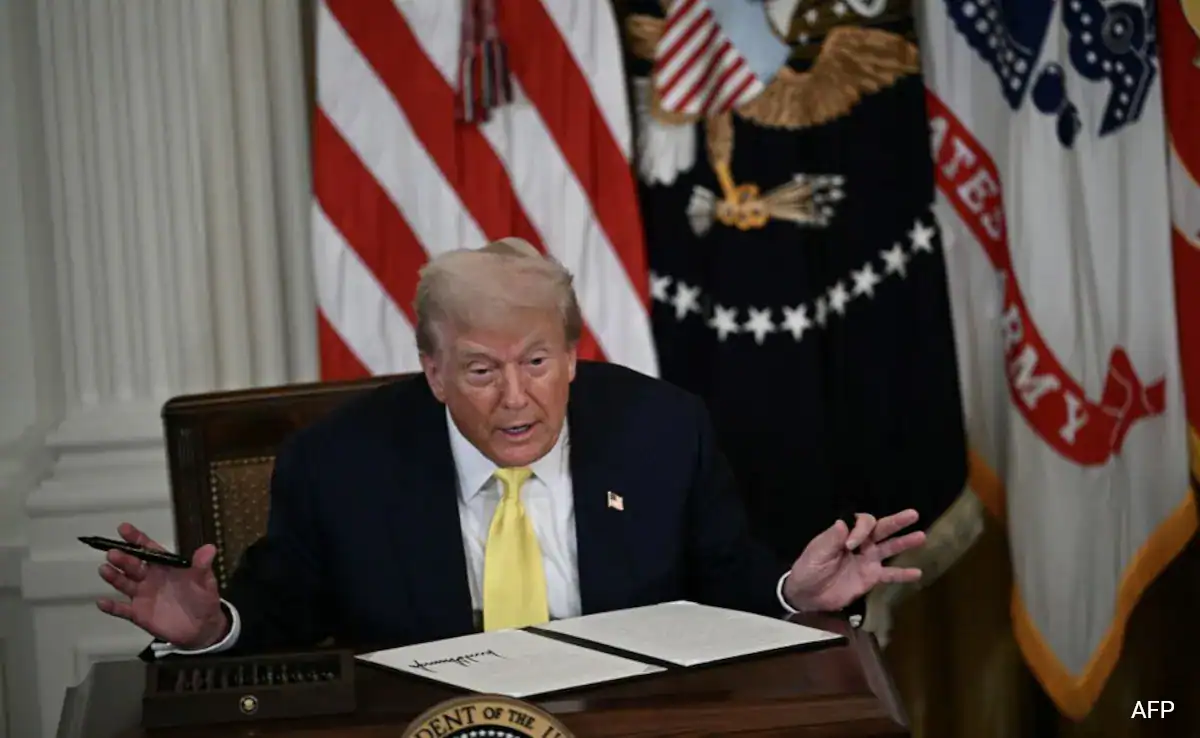
A Breakdown of Trump’s Tariff Plan
The draft notice issued by DHS specifies that the additional duties will apply to Indian goods “entered for consumption, or withdrawn from warehouse for consumption, on or after 12:01 a.m. Eastern Daylight Time on August 27, 2025.”
This effectively doubles the duty burden from an earlier 25% levy to 50% on select products, following Trump’s decision to punish India for continuing to purchase Russian crude oil despite Western sanctions. The move is part of Washington’s strategy to pressure Moscow into ending its war with Ukraine, now entering its fourth year.
How Much of India’s Exports Are at Risk?
According to an in-depth report by the Global Trade Research Initiative (GTRI), the tariffs will directly affect $60.2 billion worth of Indian exports. The targeted sectors are among the most labour-intensive industries in India, including:
-
Textiles and apparel
-
Gems and jewellery
-
Shrimp exports
-
Carpets
-
Furniture
These categories form the backbone of India’s export economy to the United States. The GTRI estimates that India’s shipments to the US could fall from $86.5 billion in FY2025 to just $49.6 billion in FY2026—a staggering 43% decline within a single year.
Key Figures from the GTRI Report:
-
66% of exports ($60.2 billion) will face 50% tariffs.
-
30% of exports ($27.6 billion) will remain duty-free.
-
4% of exports ($3.4 billion)—primarily auto parts—will attract 25% tariffs.
-
Labour-heavy sectors may suffer up to a 70% drop in volumes, shrinking from $60.2 billion to just $18.6 billion.
Who Stands to Gain?
While India grapples with the fallout, competitor nations are well-positioned to seize the opportunity. China, Vietnam, and Mexico are expected to benefit the most, particularly in the textiles and furniture segments. Additionally, countries such as Turkey, Pakistan, Nepal, Guatemala, and Kenya could gain long-term footholds in the US market, even if tariff regimes change in the future.
This development represents not only a loss in revenue for India but also a loss of market share that may prove difficult to reclaim once supply chains are restructured.
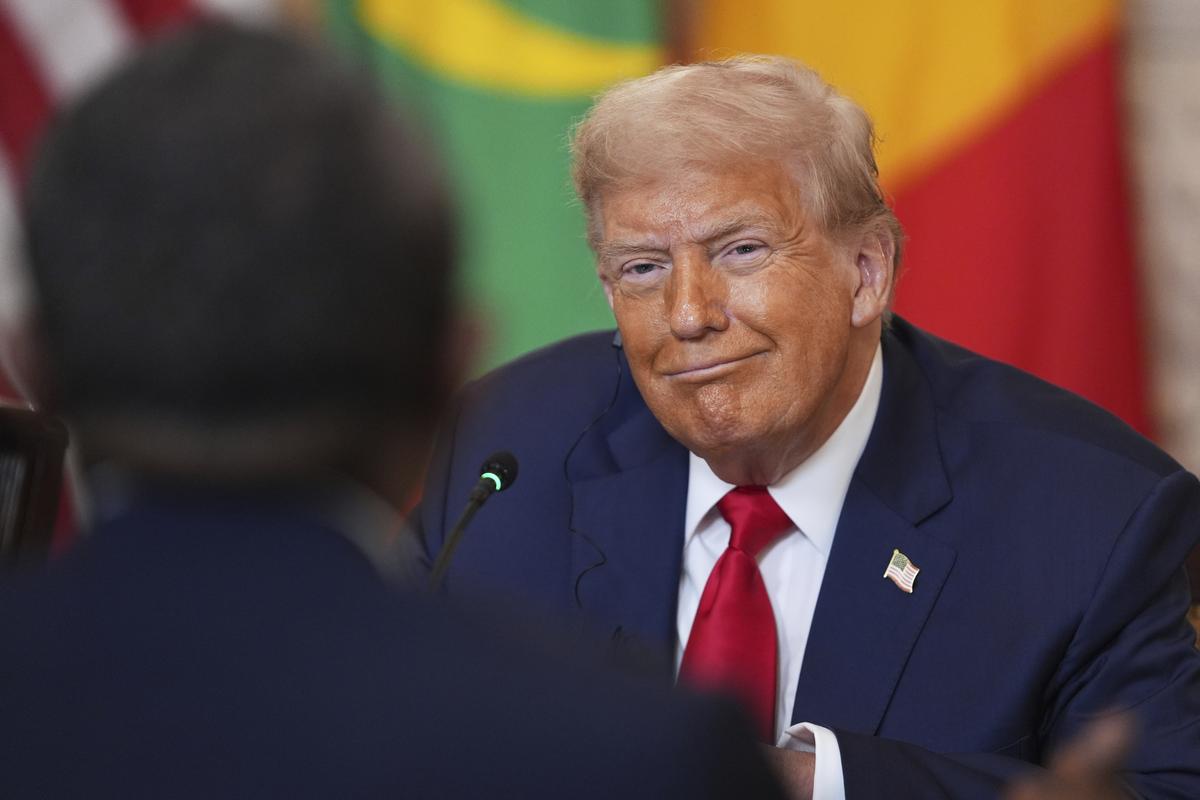
Economic Consequences for India
India’s nominal GDP in FY2025 stood at $4,270 billion, with growth projections of 6.5% for FY2026. However, the anticipated $36.9 billion shortfall in exports due to the US tariffs could drag down growth to 5.6%, representing a 0.9 percentage point decline—a serious setback for the world’s fifth-largest economy.
Beyond GDP numbers, the social and employment implications are severe. Millions of workers employed in India’s labour-intensive industries—particularly in textile hubs like Tiruppur, jewellery hubs like Surat, and shrimp-exporting regions like Andhra Pradesh—are at risk of job losses.
Why Trump is Targeting India
Trump’s tariff push is not purely an economic measure. It is deeply entangled in geopolitical strategy.
-
The White House has repeatedly criticized India’s continued purchase of discounted Russian crude oil, accusing New Delhi of “funding Putin’s war machine.”
-
Earlier this month, Trump announced an additional 25% tariff on India’s exports, specifically citing its oil trade with Moscow.
-
The new 50% tariff regime is being justified as part of an executive order—Executive Order 14329—issued on August 6, 2025, targeting trade partners that continue business with Russia.
India Pushes Back: “Unfair and Unjustified”
The Indian Ministry of External Affairs (MEA) has strongly condemned the move, calling it “unfair, unjustified, and unreasonable.”
India has maintained that its energy imports are dictated by market considerations and the need to safeguard energy security for its 1.4 billion citizens.
External Affairs Minister S. Jaishankar bluntly dismissed Washington’s criticism:
“If you have a problem buying oil or refined products from India, don’t buy it. Nobody forces you to. But Europe buys, America buys—so if you don’t like it, don’t buy it.”
Prime Minister Narendra Modi has also stated that India will not compromise the interests of farmers, small industries, and energy security, even under rising international pressure.
Trump’s Peace Gamble Between Putin and Zelenskyy
The tariff announcement comes as Trump attempts to position himself as a mediator in the Russia-Ukraine conflict.
-
On August 15, Trump met Russian President Vladimir Putin in Alaska.
-
Days later, he hosted Ukrainian President Volodymyr Zelenskyy along with seven European leaders at the White House.
-
Despite efforts to facilitate direct talks between Putin and Zelenskyy, Trump admitted that progress was limited due to what he called “Putin’s animosity” toward his Ukrainian counterpart.
Frustrated by the lack of a breakthrough, Trump has warned of “very big consequences” for nations that continue trading with Russia—signalling that more tariffs or sanctions may follow.
What Lies Ahead?
The August 27, 2025 deadline for the new tariffs is looming large, and both governments appear to be standing firm.
For India, the immediate challenge will be to:
-
Mitigate job losses in export-heavy sectors.
-
Diversify export markets beyond the US.
-
Engage diplomatically to seek relief or concessions from Washington.
For the US, the tariffs may succeed in pressuring India, but they also risk raising costs for American consumers and importers, particularly in categories like apparel, furniture, and seafood.
The upcoming 50% tariff on Indian exports represents more than just a trade dispute—it is a strategic shock with global economic and geopolitical implications. While nations like China and Vietnam stand ready to fill the void left by India, the move risks destabilizing one of the world’s fastest-growing economies and reshaping global supply chains for years to come.
Whether Trump’s gamble will bring Russia and Ukraine closer to peace—or simply ignite another front in global trade wars—remains to be seen.
With inputs from agencies
Image Source: Multiple agencies
© Copyright 2025. All Rights Reserved. Powered by Vygr Media.





